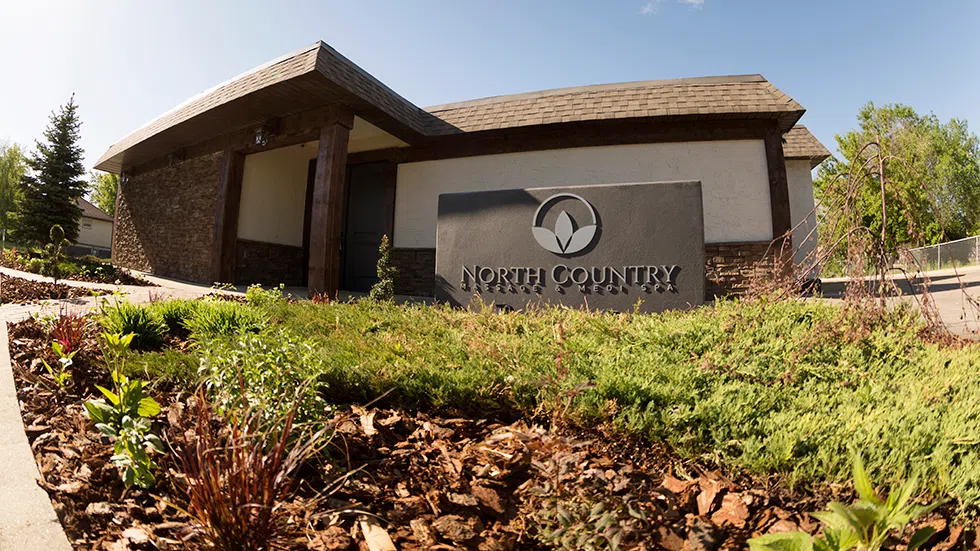
Why Does “Seasonal Arthritis” Hurt So Much? And How can Cold Laser Help?
The winter is coming, and weather-sensitive arthritis sufferers feel it first. It’s not your imagination; you may be able to feel weather changes in your joints.
Of the 712 people suffering from osteoarthritis surveyed, 469 (or 66%) reported that their symptoms of osteoarthritis worsen due to “weather sensitivity.”
But why?
What is Osteoarthritis?


